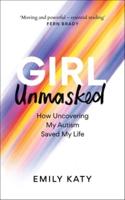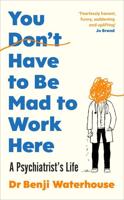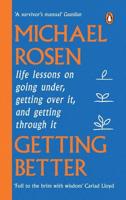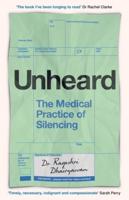Publisher's Synopsis
This book traces notable people in Western history who tried to decipher the mysteries of illness and health. I have chosen specific women and men for their unique perspectives in healing-some "traditional" physicians, shamans from Indigenous peoples, some focused on the body, some on the spirit. As a rule, they were individuals of compassionate character who felt for the miseries of humankind. But each one revealed to us a lesson. Each one illuminated the extreme complexity of humanness but also the extreme delicacy: human beings of organs and tissues and blood but also of worry and fear and sorrow. Suffering affects both. And each healer was human themselves.
The story will span antiquity to the present. Ancient Greece produced the earliest concepts of disease and illness, that one may affect the other. The cult of Asclepius, the man-god of healing, addressed spirits damaged by pernicious gods and worked to insert the supernatural in their healing schemes. Hippocrates, the great physician, instructed proper respect for the human constitution and urged compassion - qualities for healers as important today as then. The charismatic Jesus of Nazareth revolutionized healing practices by demonstrating a compassion for all infirmed people, particularly the impoverished, a behavior taken up by his followers and which formed the basis for modern healthcare. Galen, the Greek physician, provided a method of understanding - however imprecise - that allowed interaction of flesh and spirit through the maintenance of internal harmony.
The medievalists, on the brink of scientific thought, stressed knowledge of the body as the first exercise in treating disease. Skill with their hands - the newfound art of surgery - largely replaced the ineffectual remedies of the day. The Lakota shaman Black Elk (1863-1950) showed a different comprehension of illness and healing, not scientific nor contemporary but filled with invisible spirits and forces that only the chosen few could manipulate. We will also examine numerous women healers, including psychiatrist Sabina Spielrein (1885-1942), both victim and healer, tormented by childhood traumas lodged deep in her subconscious that stimulated an interest in understanding and healing others afflicted with disorders of the mind, often as severe and disabling as those of physical natures.
This history of healers is not comprehensive; it is illustrative. It is not exhaustive; it is instructional.









